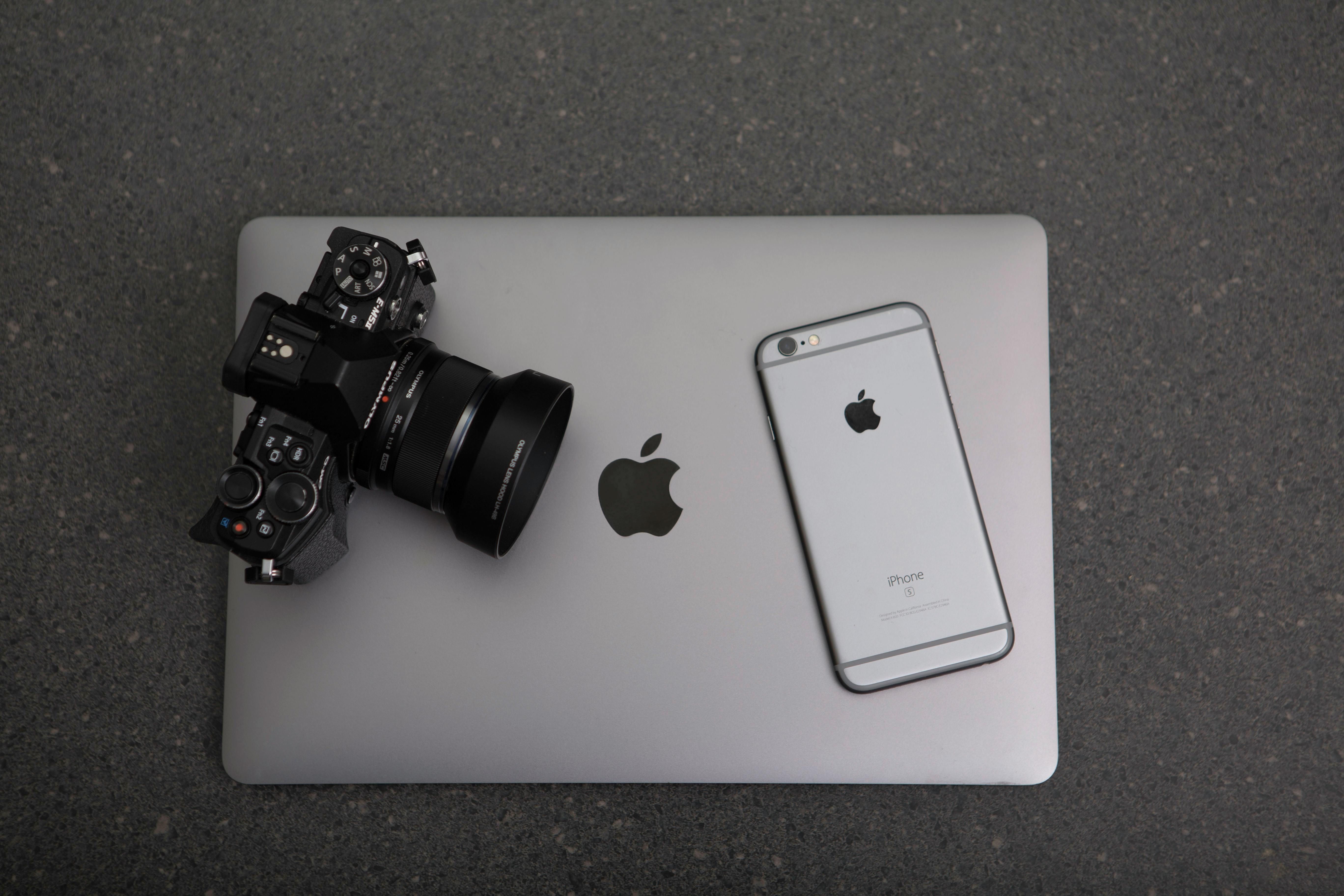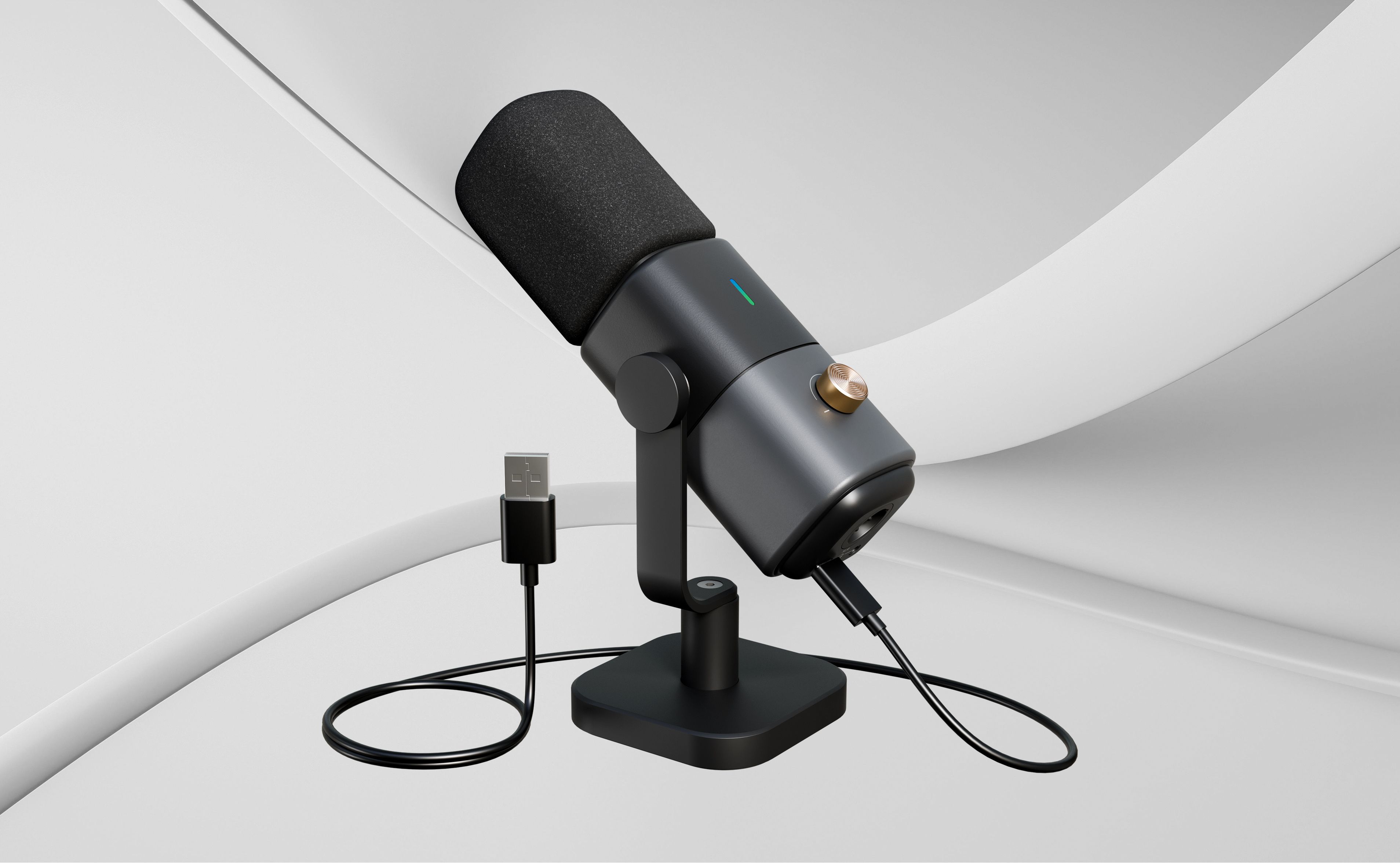The world of online video creation has exploded in recent years, with YouTube standing as the undisputed king of content platforms. According to Statista, as of 2024, over 2.7 billion users access YouTube monthly, and every day, more than 1 billion hours of video content is watched on the platform. With this kind of reach and influence, it's no surprise that more people are asking, “How do I start a YouTube channel?” or “How much does a YouTube channel cost?”
Whether you're looking to share your passion, build a business, or become the next viral sensation, starting a YouTube channel can be surprisingly affordable—or as advanced and high-end as you want it to be. This guide breaks down everything you need to know about starting a YouTube channel, especially the cost and budget gear.
Essential Equipment for Starting a YouTube Channel
The good news? You don’t need a Hollywood film budget to get started. The cost of a YouTube channel can be nothing. Let’s look at what you absolutely need versus what’s just nice to have.
Must-Have Essentials:
Camera: You need something to shoot your content with. A smartphone can be enough.
Microphone: Audio quality is often more important than video resolution.
Lighting: Natural light is free, but even basic lighting improves video quality immensely.
Editing Software: You can start with free tools like iMovie or DaVinci Resolve.
Nice-to-Have Extras:
Tripod or stabilizer
External lighting kits
Green screen or backdrops
Premium editing tools like Adobe Premiere Pro

The Best Budget Cameras & Lowest YouTube Channel Cost
When choosing a camera for your YouTube videos, focus on features that enhance video quality and ease of use. A resolution of at least 1080p (Full HD) is standard, but 4K offers sharper images and more flexibility in editing. Fast and accurate autofocus ensures your subject remains clear, especially during movement. Image stabilization, whether in-camera or lens-based, helps produce smooth footage by reducing camera shake. These features collectively contribute to professional-looking videos that can engage and retain your audience. All these features do not need a huge cost.
Price range: Free (smartphone) to ~$500 (entry-level cameras).
You don’t need to drop thousands on a DSLR to make great content. Here's a look at some beginner-friendly options: Canon EOS R10; Sony ZV-1; Insta360 Go 3S; NearStream VM20; Your Smartphone

| Product | Price | Top Features | Best For |
| Canon EOS R10 | $999.00 | 24.2MP sensor, DIGIC X processor, high-speed shooting, subject tracking AF | Creators needing hybrid pro-level video/photos |
| Sony ZV-1 | $648.00 | 20.1MP, 4K, flip screen, real-time AF, built-in mic | Vloggers, compact and quality-first creators |
| Insta360 Go 3S | $429.99 | Ultra-compact, waterproof, FlowState stabilization | Travel and action vloggers |
| NearStream VM20 | $249.99 | 4K video, 40x zoom, AI mic, remote features | Budget-conscious creators and streamers |
| Your Smartphone | $0 | Portable, easy-to-use, good enough for HD/1080P | Daily content, casual users, social-first creators |
Many creators start with their smartphones and still produce high-quality content. A good camera doesn't have to cost a fortune.
The Best Budget Microphones & Lowest YouTube Channel Cost
Clear audio is crucial for engaging YouTube videos, as poor sound quality can deter viewers regardless of visual content. Fortunately, there are budget-friendly microphone options to enhance your audio without significant investment.
Price range: $20–$150.
Bad audio can kill a good video. These budget microphones can elevate your sound instantly: Blue Yeti; AKG Ara; HyperX DuoCast; NearStream AM25X; Rode NT1-A

| Product | Price | Top Features | Best For | |
| Blue Yeti | $99.99 | Four pickup patterns, gain control, USB plug-and-play | Beginners needing flexible voice recording | |
| AKG Ara | $38.63 | 24-bit/96kHz recording, cardioid/omni modes, compact build | Desktop setups or mobile creators | |
| HyperX DuoCast | $119.00 | RGB lighting, anti-vibration, four patterns, USB-C | Gamers, podcasters, flashy setups | |
| NearStream AM25X | $73.80 | AI noise canceling, USB/XLR, rugged metal body, supercardioid pattern | Streamers and podcasters wanting future-proofing | |
| Rode NT1-A | $199.99 | Studio condenser, ultra-low noise, full bundle included | Professional setups and serious vocal creators |
Budget Accessories & Lowest Cost Setup for a YouTube Channel
To enhance your YouTube videos, consider incorporating basic accessories that can significantly improve the quality of your content. A tripod provides stability, ensuring your footage remains steady and professional-looking. Lights offer consistent and flattering lighting, which is essential for clear and vibrant visuals, especially in low-light conditions. Utilizing a green screen allows you to replace your background with any image or video, adding a creative touch to your content. Lastly, basic editing software enables you to cut, arrange, and refine your footage, making your videos more engaging and polished.
Suggested budget breakdown for accessories: $0–$200. (Actually you don't even need it)
Accessories can make a big difference in production value without breaking the bank. Here's what you can consider: Neewer 700W Softbox Kit; Aputure Amaran AL-MX LED Light; NearStream VK40 Lighting Kit with Green Backdrop; Joby GorillaPod 5K Kit; Zhiyun Crane 2S

| Product | Price | Top Features | Best For |
| Neewer Softbox Kit | $89.99 | Two 24"x24" softboxes, LED bulbs, adjustable stands | Balanced lighting for indoor creators |
| Aputure Amaran AL-MX | $90.00 | RGBWW light, mobile app, high CRI score | On-the-go creators, color creatives |
| NearStream VK40 Kit | $217.00 | Full green screen, three lights, remote-controlled 19” panel | Product reviewers, streamers |
| Joby GorillaPod 5K | $204.95 | Flexible legs, quick-release plate, durable mount | Vloggers, mobile shooting |
| Zhiyun Crane 2S | $369.00 | Gimbal stabilization, OLED screen, for larger cameras | Pro video shooters with DSLRs |
If your budget is tight, focus first on improving lighting—great lighting can make even smartphone footage look professional.
How Much Does a YouTube Channel Cost in Total?
Here’s a quick comparison of what different budgets can buy when starting a YouTube channel:
| Budget Tier | Best for | What You Get |
| $0–$100 | Beginner | Smartphone, natural light, free editing software (e.g., DaVinci Resolve, Clipchamp) |
| $200–$500 | Mid Range | USB microphone, basic camera or webcam, tripod, basic lighting |
| $500+ | Pro Creators | Mirrorless/DSLR camera, XLR microphone, softbox lighting kit, green screen, paid editing software |
So, the cost is extremely flexible. You could technically launch with $0, or invest upwards of $1,000 depending on your vision.
How Do I Start a YouTube Channel?
If you’re wondering how to take the first step, here's a simple path to follow.
Step 1: Create a Google Account
Go to accounts.google.com and sign up for free. This gives you access to all Google services, including YouTube.
Step 2: Create a Channel
Go to YouTube
Click your profile icon (top right) → “Create a channel”
Choose your name or brand name
Step 3: Customize Your Channel
Add a profile picture and banner image
Write a short, engaging channel description
Link your website or social media accounts
Step 4: Verify Your Account
This unlocks features like custom thumbnails, live streaming, and longer video uploads.
Visit youtube.com/verify
Step 5: Post Your First Video
Here's how to upload video to YouTube:
Click the camera icon (top right) → “Upload video”
Drag and drop your video file
Add a title, description, and relevant tags
Upload a custom thumbnail
Choose visibility: Public, Unlisted, or Private
Click “Publish”
Yes, this is also how to upload video to YouTube. It’s that simple.
Step 6: Optimize for Search
Use relevant keywords in your title, description, and tags. Research similar content and use tools like TubeBuddy or VidIQ to maximize visibility.

How Much Does YouTube Pay Per View?
This is one of the most common follow-up questions after “How do I start a YouTube channel?”
Here’s a basic breakdown:
YouTube pays an average of $1–$5 per 1,000 views through AdSense. This rate is known as CPM (Cost Per Mille).
CPM can vary depending on:
Your content niche (finance pays more than comedy)
Audience location (U.S. CPM is higher)
Viewer engagement and ad-block usage
Example: A video with 100,000 views at a $3 CPM = $300 revenue.
However, AdSense isn’t your only income stream. As your channel grows, you can earn through:
Brand sponsorships
Affiliate marketing
Channel memberships
Super Chats (during livestreams)
Merch and course sales
Final Thoughts: Start Simple, Grow Big
Starting to become a YouTuber doesn't have to be expensive. With just a smartphone, natural lighting, and free editing tools, you can begin creating content today. As your channel grows, you can invest in better equipment to enhance your videos. To promote your channel and boost your reach, this blog provides some proven helpful tips for you: How to Get More Views on YouTube in 2025.
Remember, success on YouTube isn't solely about high-end gear; it's about delivering valuable and engaging content to your audience. Consistency, authenticity, and understanding your viewers' needs are key factors in building a loyal subscriber base. Use the lowest cost to achieve the best views — start early and earn early!








































































